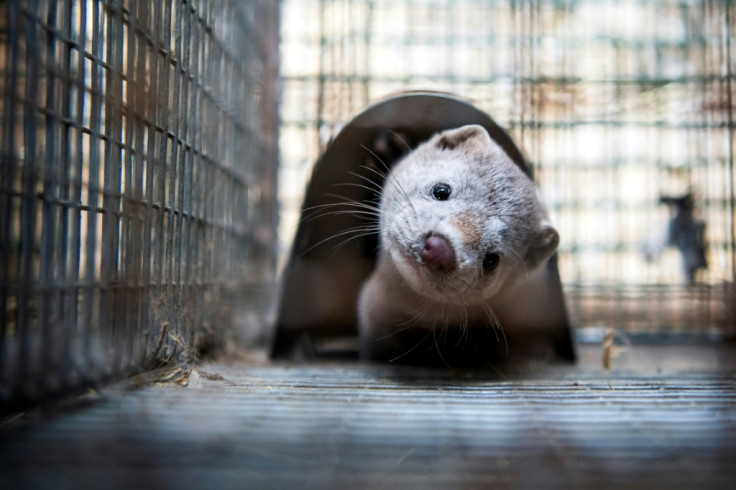COVID-19 outbreak in mink farms: Dutch researchers investigating possible transmission to humans
Authorities suspect the animals transmitted the virus to a number of workers at the farm.
More than a million minks were culled in farms in Spain and Netherlands after coronavirus outbreaks were discovered.
Authorities are not certain where the outbreak in the two countries came from, however, they hypothesised that it might have started from infected farmworkers. Another possibility that the Dutch government and researchers are looking at is that some workers may have caught the virus from the minks.
Confronted with these scenarios, scientists investigating the outbreak continue to explore possibilities so as to get a clearer picture of how the virus was transmitted. They also want to discover the extent of the threat that the said outbreak in mink farms pose to the population.
The Dutch mink outbreak began in April. Thereafter, veterinarian professor Wim van der Poel studying viruses at the Wageningen University & Research, revealed that the virus strain that infected the minks was similar to the one affecting humans.
Van der Poel stated in a Fox News report that they assumed the possibility of the virus being transmitted to humans from the animals. They also noted that this might have been the case with at least two workers at the farm who got infected. In the event that this theory is confirmed, it would be the first animal-to-human coronavirus transmission, explained Dr Richard Ostfeld, a senior scientist at the Cary Institute of Ecosystem Studies in Millbrook, N.Y.
In Ostfeld's email to the Associated Press, he said that with the evidence for mink-to-human transmission, it now raises a concern for everyone since it highlights the potential of infected domesticated animals to transmit the deadly virus to humans.
The Netherlands Food and Consumer Product Safety Authority revealed that more than 1.1 million minks were culled in 26 Dutch farms. The country has approximately 160 mink farms, ranking as the fourth-biggest producer of mink fur in the world. The outbreaks prompted authorities to put an end to mink farming in the country.
In Spain, authorities estimated that nine out of 10 animals were infected, and more than 92,000 minks were already ordered killed. Joaquín Olona, regional chief of agriculture and environment of Aragon, Spain, revealed that the outbreak was discovered in a farm located near La Puebla de Valdeverde, when seven of its 14 employees tested positive.
Netherlands and Spain already tightened their protocols at the farms. Transportation of animals and building visits where the animals are located have been banned.
© Copyright IBTimes 2025. All rights reserved.






















